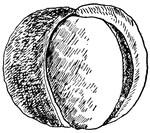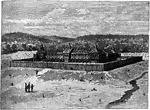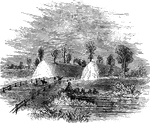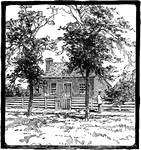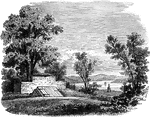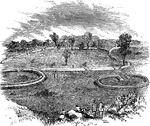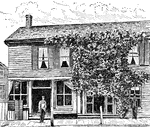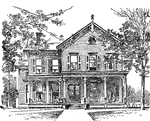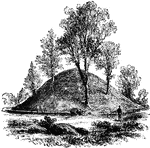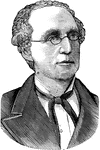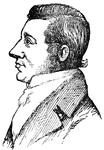Ohio
The Ohio ClipArt gallery includes 56 illustrations related to the Buckeye State.

20 Star United States Flag, 1818
Color illustration of a 20 Star United States flag. The additional stars represent the states of Indiana,…

20 Star United States Flag, 1818
Black line illustration of a 20 Star United States flag. The additional stars represent the states of…

Bellaire
"Bellaire, O.- Steamboats conveying troops and munitions of war for the Federal forces on the Great…

Bellaire, Ohio
"Bellaire, O.- Steamboats conveying troops and munitions of war for the Federal forces on the Great…
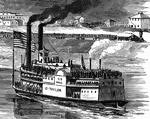
Bellaire
"Bellaire, O.- Steamboats conveying troops and munitions of war for the Federal forces on the Great…

Blennerhassett's Island Residence
In 1797, Harman Blennerhassett and his wife moved to Marietta, Ohio, where they purchased 174 acres…

Camp Dennison
"Camp Dennison, sixteen miles above Cincinnati, on the banks of the Miami River, General Cox commanding-…

Campus Martius, Marietta, Ohio, 1791
Campus Martius, Marietta, Ohio, 1791, as reconstructed in The American Pioneer in 1841
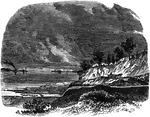
Mouth of Cascade Creek
During the Battle of Lake Erie, Perry retreated to the mouth of Cascade Creek where he built the larger…
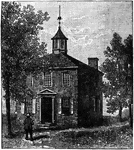
Seat of Government at Chillicothe
Chillicothe served as the capital of Ohio from the beginning of statehood in 1803 until 1810 when Zanesville…

Cincinnati Convention
The Liberal Republican Party at the Cincinnati Convention, in a Pickwickian Sense.
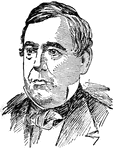
Thomas Corwin
(1794-1865) US governor of Ohio and representative and senator as well as ambassador to Mexico.
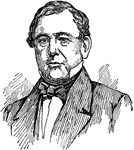
Thomas Corwin
Thomas Corwin, also known as Tom Corwin and The Wagon Boy was a politician from the state of Ohio who…
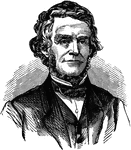
William Dennison
William Dennison, Jr. (November 23, 1815 – June 15, 1882) was a Whig and Republican politician from…
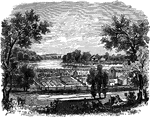
Site of Fort Defiance, in 1860
In the 1810s, William Henry Harrison used Fort Defiance as one base for his attacks against Native Americans…

Fort Harmar
The Treaty of Fort Harmar was an agreement between the United States government and several Native American…
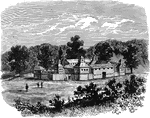
Fort Washington, On the Site of Cincinnati
Fort Washington was a fort in the early history of Cincinnati, Ohio and was used by General Josiah Harmar.

Joshua Reed Giddings
Joshua Reed Giddings (October 6, 1795 - May 27, 1864) was an American statesman prominent in the anti-slavery…
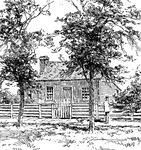
General Ulysses Grant's Birthplace
The house in which General Grant was born in Point Pleasant, Ohio, east of Cincinnati on the Ohio River.
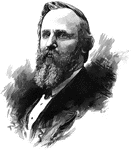
General Rutherford B. Hayes
"General Hayes was the nineteenth President of the United States, born in Delaware, O., October 4th,…

The Battle of Lake Erie
The bay where Capt. Perry put his fleet in during the Battle of Lake Erie. Smoke of the battle can be…
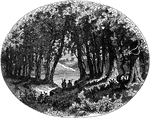
The Maumee Ford, place of Harmar's Defeat
Harmar's Defeat was a battle of the Northwest Indian War. The Maumee Ford is the place of Harmar's Defeat.
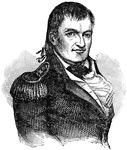
Duncan McArthur
Duncan McArthur (January 14, 1772 – April 29, 1839) was a Federalist and National Republican politician…
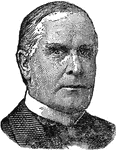
William McKinley
Twenty-fourth president of the United States, born at Niles, Ohio Jan. 29, 1843; died Sept. 14, 1901.…

Great Earthwork near Newark, Ohio
An unknown people inhabited the central portion of North America at an unknown period in its history.…

The Ohio State Capitol
The Ohio Statehouse, located in Columbus, Ohio, is the seat of government for the state of Ohio.
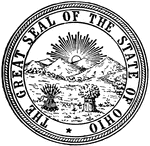
Seal of Ohio
The Great Seal of the State of Ohio. The seal features a sunrise behind a wheat field and mountains.…
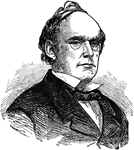
Salmon Portland Chase
Salmon Portland Chase was an American politician and jurist in the Civil War era who served as U.S.…
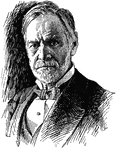
John Sherman
John Sherman nicknamed "The Ohio Icicle" (May 10, 1823 – October 22, 1900) was a U.S. Representative…

Symmes's Monument
John Cleves Symmes (July 21st, 1742–February 26, 1814) was a delegate to the Continental Congress…

Turkey Foot Rock
Turkey Foot Rock was the location where Me-sa-sa, an Ottawa Indian chief, died during the Battle of…
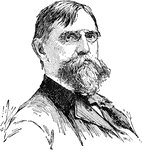
Benjamin Franklin Wade
Benjamin Franklin "Bluff" Wade (October 27, 1800 – March 2, 1878) was a U.S. lawyer and United States…
